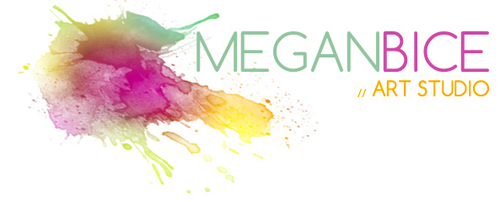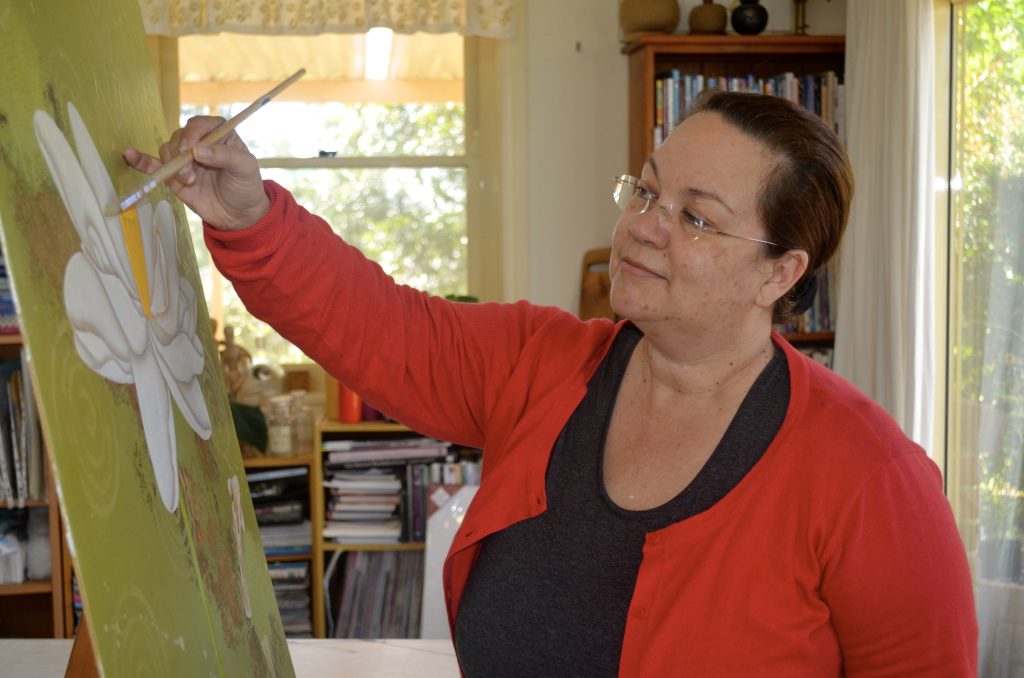Phthalo Green, short for Phthalocyanine Green, is a synthetic pigment that has been a staple in the art world for over 80 years. Its vibrant, fluorescent quality has captivated artists, designers, and printers alike, making it a versatile and enduring colour in modern art.
History of Phthalo Green
First discovered in the 1930s by Scottish chemist John Gunn, Phthalo Green was initially used in the printing industry due to its exceptional lightfastness and durability. However, its unique properties soon caught the attention of artists, who began experimenting with the colour in various mediums.
Characteristics of Phthalo Green
Phthalo Green has several distinct characteristics that make it a favourite among artists:
- Vibrancy: Phthalo Green boasts an intense, fluorescent quality that seems to glow with an inner light.
- Lightfastness: Unlike many other greens, Phthalo Green resists fading and colour shifting when exposed to light.
- Transparency: Phthalo Green can be used to create delicate, transparent washes or layered to achieve deep, rich tones.
- Versatility: Phthalo Green can be mixed with a range of mediums, from oil and acrylic paints to ink and watercolours.
Artistic Applications
Phthalo Green has been used in various artistic mediums, including:
- Painting: Phthalo Green is a popular choice for landscape, abstract, and pop art paintings.
- Printmaking: Its lightfastness makes Phthalo Green ideal for screen printing, etching, and lithography.
- Mixed Media: Artists often combine Phthalo Green with other materials, like ink, paper, and fabric, to create intriguing textures and effects.
- Sculpture: Phthalo Green has been used in sculptural works, adding a pop of colour to three-dimensional pieces.
Notable Artists Who Have Used Phthalo Green
- Mark Rothko: The renowned abstract artist often used Phthalo Green in his bold, rectangular colour fields.
- Andy Warhol: Warhol incorporated Phthalo Green into his iconic silkscreen prints, such as his “Campbell’s Soup Cans” series.
- David Hockney: Hockney has used Phthalo Green in his vibrant, dreamlike landscapes and pool paintings.
- Bridget Riley: The British artist has used Phthalo Green in her geometric, op-art works.
Contemporary Use of Phthalo Green
Phthalo Green continues to inspire artists today, with many contemporary practitioners experimenting with its unique properties. Some modern applications include:
- Street Art: Phthalo Green is often used in bold, eye-catching murals and graffiti.
- Digital Art: The colour’s vibrancy translates well to digital mediums, making it a popular choice for graphic designers and digital artists.
- Sustainable Art: Phthalo Green’s lightfastness and durability make it an attractive option for artists focused on creating environmentally friendly art.
- Fashion: Phthalo Green has been used in fashion design, adding a bold splash of colour to textiles and accessories.
The Science Behind Phthalo Green
Phthalo Green’s unique properties can be attributed to its chemical structure. The pigment is composed of a phthalocyanine molecule, which is responsible for its intense colour and lightfastness. This molecule is also highly stable, making Phthalo Green resistant to fading and colour shifting.
Challenges and Limitations
While Phthalo Green is a versatile and popular colour, it does come with some challenges and limitations:
- Colour Shift: Phthalo Green can shift in colour when mixed with certain mediums or exposed to light.
- Transparency: Phthalo Green’s transparency can make it difficult to achieve deep, rich tones.
- Health Risks: Phthalo Green is generally considered safe, but it can be hazardous if ingested or inhaled.
If you like Phthalo Green, you may also consider the following similar colours:
1. Viridian Green: A vibrant, blue-green pigment with a slightly more muted tone than Phthalo Green.
2. Cyan Green: A bright, saturated green with a slight blue undertone, often used in digital art and design.
3. Malachite Green: A soft, pale green with a hint of yellow, reminiscent of the mineral malachite.
4. Scheele’s Green: A vibrant, fluorescent green with a slightly yellowish tone, named after the Swedish chemist Carl Wilhelm Scheele.
5. Chrome Oxide Green: A soft, muted green with a brownish undertone, often used in landscape and portrait painting.
6. Terre Verte: A soft, pale green with a hint of yellow, made from the natural mineral glauconite.
7. Mayan Green: A bright, vibrant green with a slight blue undertone, inspired by the ancient Mayan civilization.
8. Emerald Green: A deep, rich green with a slight blue undertone, often used in luxury branding and design.
9. Kelly Green: A bright, saturated green with a slight yellow undertone, named after the American artist Ellsworth Kelly.
10. Chartreuse: A vibrant, yellow-green pigment with a slight orange undertone, often used in graphic design and fashion.
These colours share some of the same properties and characteristics as Phthalo Green, such as vibrancy, lightfastness, and versatility. Feel free to explore and find the perfect shade for your artistic needs!
Conclusion
Phthalo Green is a testament to the power of colour in art, with its enduring popularity a reflection of its versatility and unique properties. As artists continue to push the boundaries of creativity, Phthalo Green remains an essential part of the artistic palette, inspiring generations to come.


